Early construction fasteners were mainly carbon steel with high hardness. This meant that drilling, tapping, fixing, and locking could be completed at one time, which greatly saved construction time. Unfortunately, due to time exposure, these components were prone to rust and endangered building safety.

The CRSH for Austenite Stainless Steel provides an intelligent continuous corrosion-resistance and hardening process.
Currently, carbon-steel stainless steel bimetal welded composite fasteners are mainly used to address such issues. But they’re not perfect either. In addition to the complicated processing procedures, composite fasteners are prone to fracture at the weld — and prone to corrosion of the carbon steel section.
To solve the issues mentioned above, the Metal Industries Research and Development Centre (MIRDC) developed Corrosion-Resistant, Surface Hardening System Equipment for Austenite Stainless Steel (CRSH), with the support of the Department of Industrial Technology, MOEA.
The technology has been applied to the construction fastener material, Austenitic (300-series) stainless steels, which are widely used and highly corrosion resistant. The treated stainless-steel fasteners have high hardness and good corrosion resistance.
What’s more: the equipment has won awards at this year’s R&D 100 Awards. Through the precise production controls and special design, gas is used to treat the stainless-steel surface. The hardness of the stainless steel is enhanced through gas nitriding, carburizing, or carbonitriding, which allows the surface hardness to be over HV 1,200. The hardness is far above normal carbon steel and it retains its original corrosion resistance.
The process is also able to handle large amounts of complex shapes at one time. It can also provide low quantity, high variety customized processing, and is equipped with smart production and systematic service functions.
Margaret Kao, chairwoman of Marketech International Corp., stated that the technology is important for the semiconductor industry. The parts used in the machines are rather sophisticated and require corrosion resistance and high hardness. If the fasteners become stuck in the equipment due to low hardness, it would increase the difficulty of repairs, which would then affect the production process of semiconductors.
Marketech and their OEM semiconductor customers hoped to use this technology to increase the hardness of stainless steel, thereby increasing the precision of their equipment quality. When they found out that the MIRDC possessed this technology, they sought to enter into a partnership with the MIRDC.
These stainless steel parts were introduced in U.S. and Japan semiconductor plants for testing, and they received great praise from photolithography companies in both countries. At present, the technology is being introduced in system equipment of Taiwanese manufacturing. In view of the developments of the semiconductor industry in Kaohsiung and the 5GAIoT industry, it has been announced that a Kaohsiung office will be established in the Asia New Bay Area-5GAIoT to help boost the government’s plan of key semiconductor equipment localization.
MIRDC acting president Chih-Lung Lin said a characteristic of stainless steel is that it is corrosion resistant, but its problem is low hardness. The MIRDC is using this equipment to remove the oxidized layer on the surface of stainless steel then increasing its hardness. This not only restores the corrosion resistance of stainless steel but also improves hardness.
In the future, the technology will be made available to more companies, such as LEADTECH International Co., Ltd. (stainless steel gaskets), FANCY Food Service Equipment Co. (Stainless steel cooking surfaces), and Taiwan Shan Yin International Co., Ltd. (self-tapping screws).
MIRDC will continue to help companies produce samples to drive new product development and corporate investment. The aim of the MIRDC is to lead related stainless-steel industries toward high-value developments.


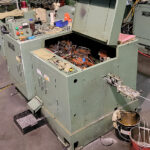
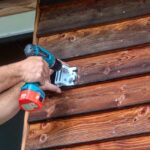
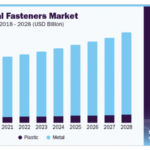

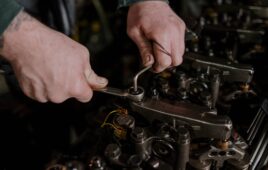

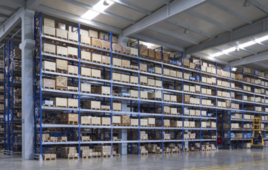
Tell Us What You Think!